Include a Topper!
-
Happy Birthday Banner
$9.00 -
Gingerbread Cake Topper
$15.00
Add Ons
Your cart is currently empty!
Since 1949 celebrating 75 years. Order online or call us at 1 800 GAMBINO (426-2466)
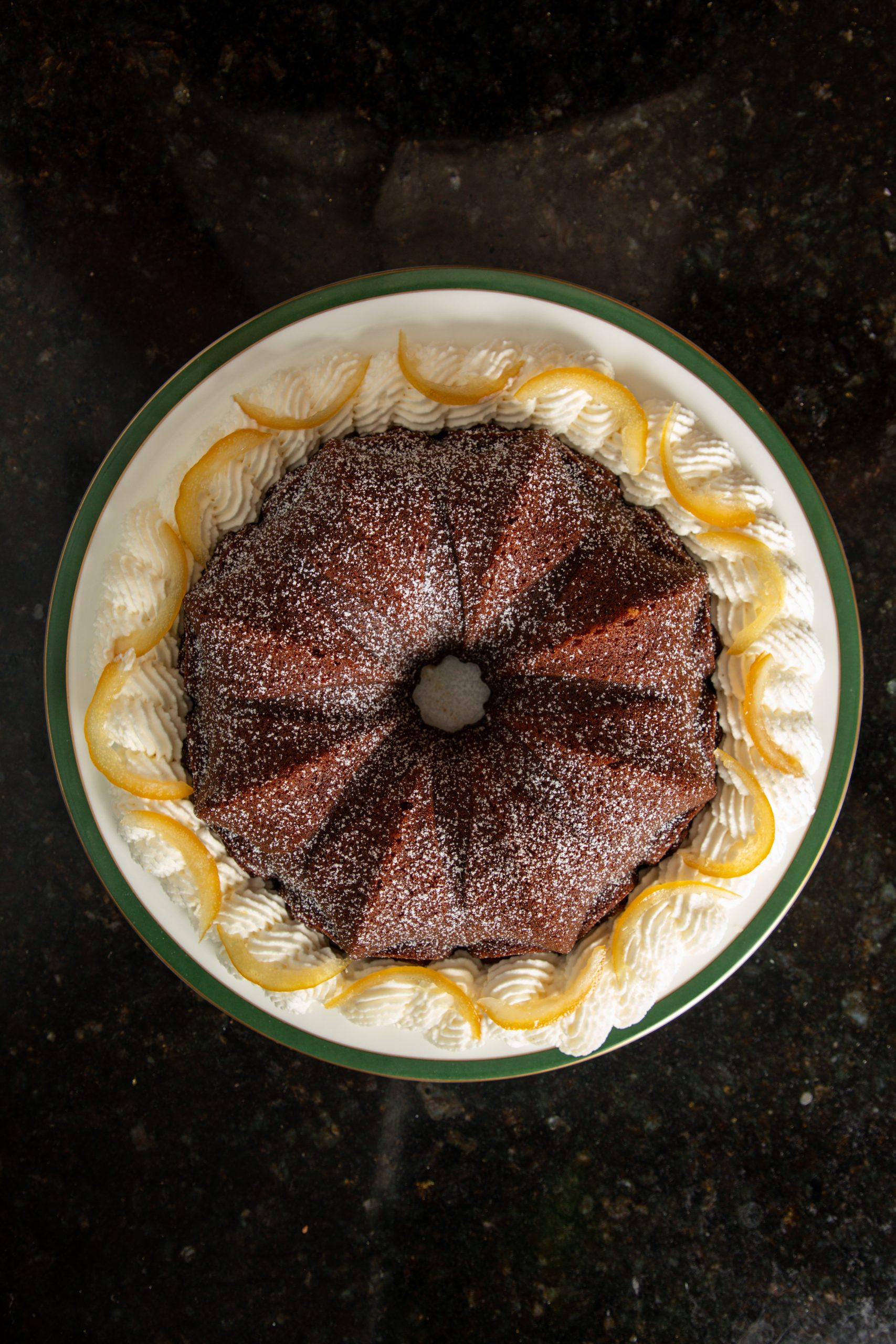
Everyone in our slice of Louisiana is fully aware that king cake season begins on January 6. It’s the beginning of Carnival season, which means our favorite purple, green, and gold treat is available all the way until Mardi Gras.
But what many people — and we’d wager to say most people — don’t realize is that for many years, king cake season not only began on January 6, but it was only January 6. In fact, it was more of a Christmastime treat than a Carnival season one.
So how did New Orleans’ favorite Mardi Gras sweet rise to its current place in our cultural zeitgeist? It all began in Ancient Rome.
The king cake tradition began 4,000 years ago in ancient Rome. The cake was eaten during Rome’s biggest festival of the year: Saturnalia. During this celebration that could last as long as two weeks, partygoers ate too much, drank too much, and dressed up in colorful costumes. Sounds a little like Mardi Gras, right?
Even the tradition of their cake is similar to ours. There was an object hidden inside. Though instead of a plastic baby, it was a fava bean. Whoever received the slice of cake with the bean was crowned queen or king of the Saturnalia and was treated like royalty. Except, in the earliest years of Rome, at the completion of Saturnalia the faux royalty was sacrificed — AKA killed — as a gift to the gods. (So next time you get the slice with the baby and complain about having to buy the next king cake, remember…it could be much worse!)
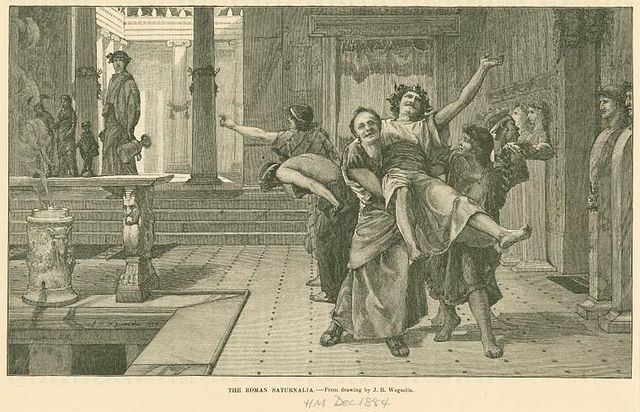
But when was Saturnalia celebrated? Around the same time that we celebrate Mardi Gras?
Nope! The Saturnalia was a festival celebrating the Winter Solstice. In the northern hemisphere, that’s December 21, the longest night of the year. This means every day after the solstice, the sun rises a little higher in the sky and the days last a little longer. The darkest days were behind and Spring, with all its warmth and bounty, was coming. That is definitely worth celebrating.
The Roman predecessor to king cake was eaten around the Winter Solstice — in December — rather than during Carnival season…which, unfortunately for the Romans, didn’t exist yet.
So how did we make the shift from December 21 to January 6? That one is thanks to Christianity.
To this day, versions of king cake exist all over Europe and the Americas. The reason is that as Rome expanded to become the Roman Empire, they brought their traditions with them. From the island of Britain in the west, to Greece and Cyprus in the east, families adopted the custom of hiding something that signified good fortune inside their winter cake. Whoever found that something was crowned faux royalty.
As Christianity swept across the continent to various nations and kingdoms, they incorporated some of pagan Roman traditions into their own — sometimes by adding their own symbolism to make those pagan customs feel more Christian. For example, the Saturnalia cake became “Three Kings cake” — named after the Three Kings who were believed to have presented their gifts to the baby Jesus on January 6.
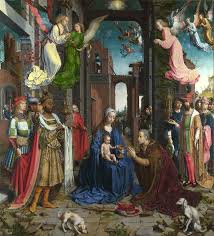
The Spanish still eat Roscón de Reyes and the French enjoy Galette des Rois and Gâteau des Rois. Germans and Swiss eat Dreikönigskuchen, while the Portuguese celebrate with Bolo-Rei. These are all descendents from the Roman version of the cake, and there are many other versions across Europe, as well.
Each of these cakes look somewhat different and have distinct-sounding names. But they have a lot of similarities, too. One is that many of the cakes are eaten on or around January 6 in honor of those Three Kings.
That was certainly true in France. And when the French created a colony centered in New Orleans, they brought their Gâteau des Rois (translated to “cake of kings”) tradition with them.
January 6 wasn’t only a day to celebrate the Three Kings. It also marked the end of the Christmas season, known as Christmastide.
Perhaps you are familiar with the holiday song, The Twelve Days of Christmas? Well, the Twelfth Day of Christmas is January 6. (Counting from Christmas Eve.) The sixth day of January, then, is often called “Three King’s Day,” “King’s Day,” or “Twelfth Night.”
When the first Creole New Orleanians in the 18th century would eat their French version of the “Three King’s cake,” they would only eat it on January 6.
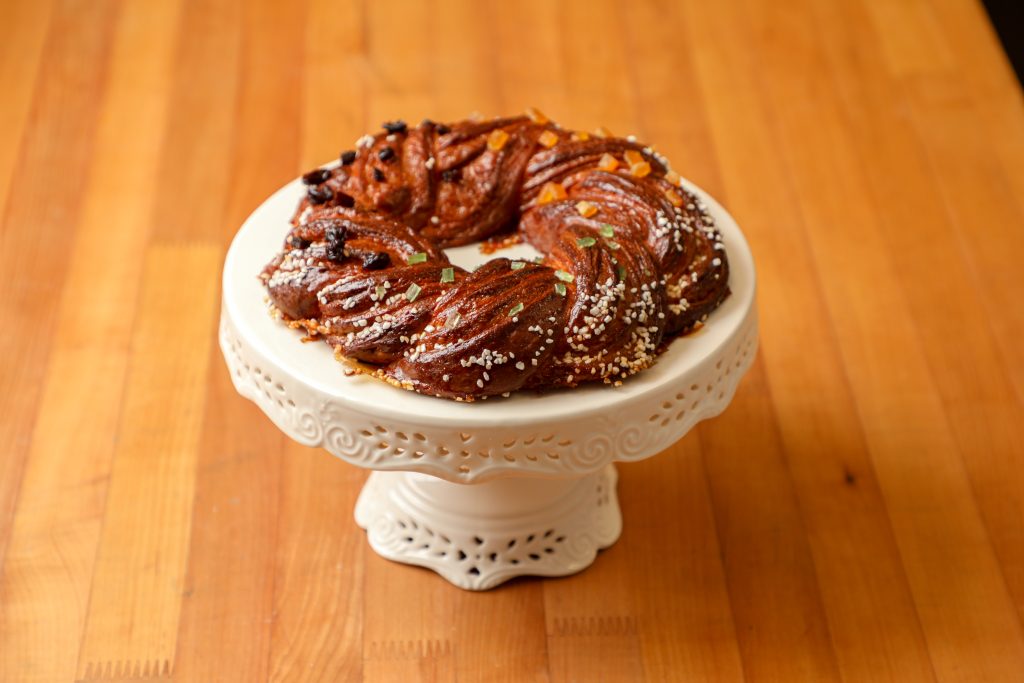
That’s how things went for the remainder of the 1700s and even well into the 1800s. Three King’s cake became King’s cake, which eventually became king cake. Still, it was a one day affair. If you got the bean — or, some believe in Louisiana that the fava bean was replaced by a pecan — then you were responsible for next year’s party and cake.
If you think one year is a very long time to wait for such a fun and delicious tradition, the Anglo-New Orleanians agreed with you.
Those Anglo-New Orleanians only began encountering king cake in the latter half of the 19th century thanks to Carnival krewes. In the 1870s, some of those early krewes would have their start-of-the-season ball on Twelfth Night. If you’re going to have a ball, you’ll have a cake. And if you’re going to have a cake on Twelfth Night, someone had the bright idea that it should be a king cake.
For a large chunk of New Orleanians — specifically the ones that were not Creole — this was their introduction to king cake. And you know what? They loved it!
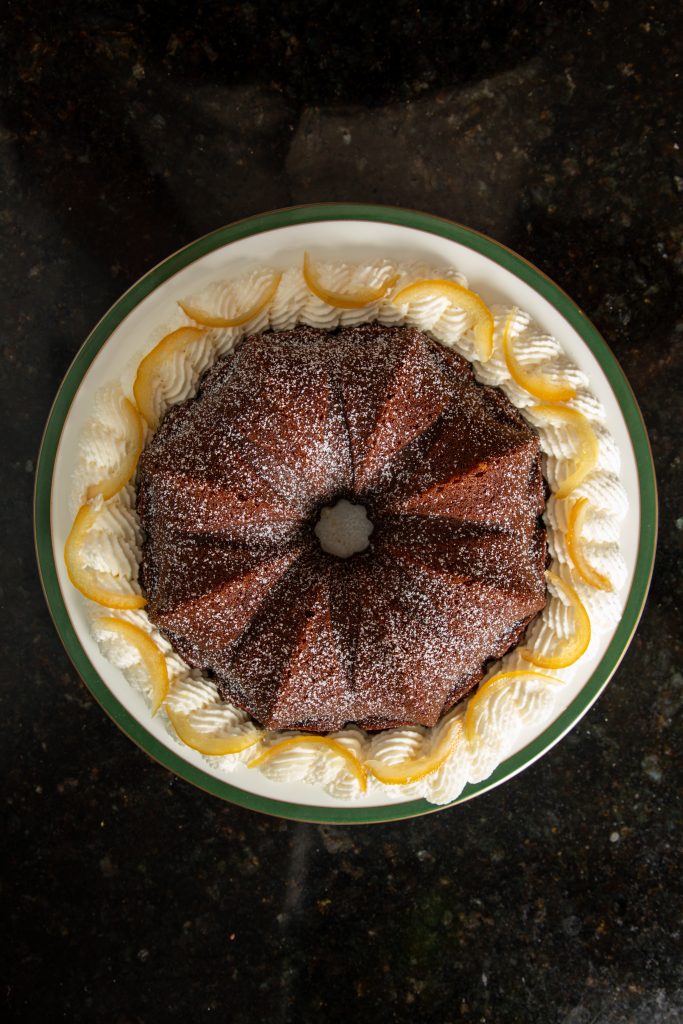
As the late-19th century turned into the 20th century, some of those Anglo-New Orleanians had an interesting idea. Rather than waiting an entire year, they said that whoever found the pecan, bean, or baby in the king cake should host a party the next week with more king cake. The same thing would happen the next week. And the week after. Suddenly our Christmas king cake was elbowing itself well into Carnival season.
By the 1940s, thanks in large part to McKenzie’s Bakery, it was common to see those king cakes decorated with purple, green, and gold sugar. (Though the first example of the Carnival-colored king cake was reported back at the turn of the century.)
King cake in New Orleans had officially become a Mardi Gras tradition. And we’re not complaining. We much prefer baking and eating it over an entire season, rather than on just one single day.